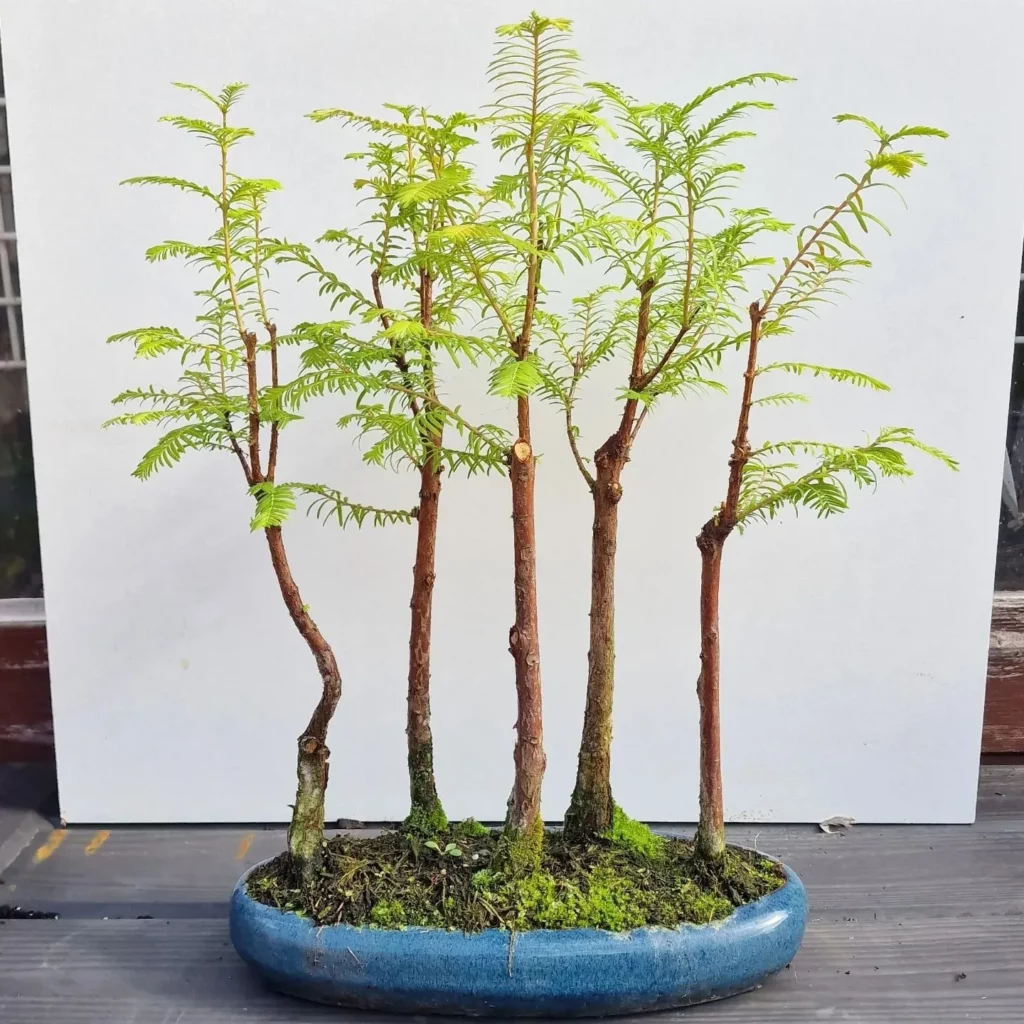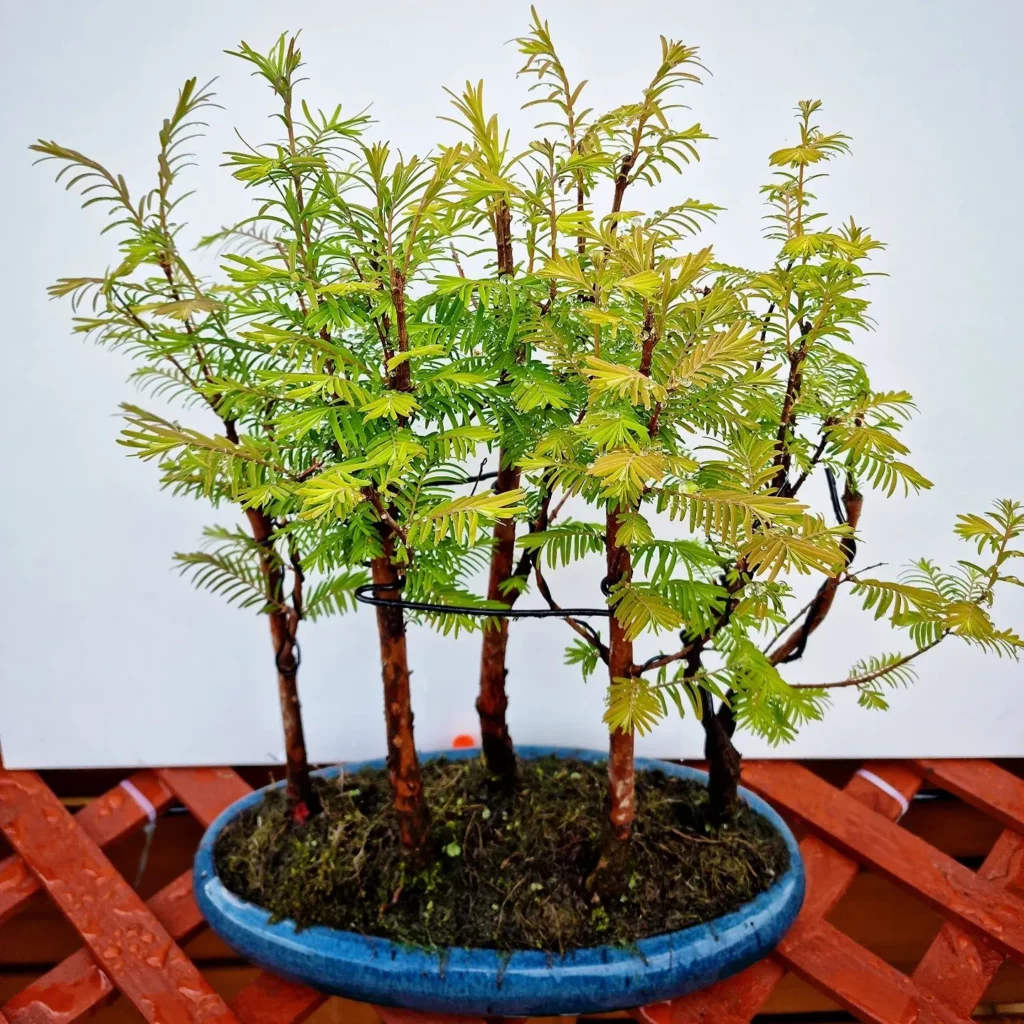Bonsai, meaning “tray planting,” has a rich history that spans centuries. Its origins can be traced back to ancient China, where it was known as penjing, dating as far back as the Tang dynasty (618-907 AD). Chinese gardeners used penjing to create miniature landscapes with real trees and rocks, a practice believed to have developed from the art of miniature penjing landscapes.
The History and Origins of Bonsai



When Buddhism spread to Japan from China in the 6th century, it brought with it the art of penjing, which the Japanese transformed into Bonsai. Initially, Bonsai was considered a pastime for the elite, and its growth was limited mostly to monasteries and imperial gardens.
However, as the middle class emerged during the Edo period (1603-1867), Bonsai became more accessible to commoners.
The early techniques and styles developed by master gardeners and bonsai enthusiasts laid the foundation for Bonsai artistry. These early techniques revolved around pruning and wiring the tree to create an aesthetically pleasing shape.
Over time, more refined techniques were introduced, such as grafting and air-layering, which allowed gardeners to create a variety of Bonsai styles and shapes.
Today, Bonsai remains an art form that requires patience, dedication, and a deep appreciation for nature. Its origins may be rooted in ancient China and Japan, but its influence has spread throughout the world, inspiring Bonsai enthusiasts everywhere to create their miniature masterpieces.
Bonsai as Artistic Expression

While Bonsai’s origins might be traced back to ancient horticulture practices, it has evolved into a sophisticated art form that engages artisans worldwide. As such, Bonsai represents a unique fusion of artistry and natural beauty that has captured the imagination of plant enthusiasts and art lovers alike.
The principles of Bonsai aesthetics include proportion, balance, harmony, and symbolism. Each of these components is meticulously considered by expert Bonsai growers to achieve a masterpiece that evokes the charm and essence of nature. The beauty of Bonsai lies in its ability to transform an ordinary plant into an artwork that elicits emotions and captures the imagination.
Various styles and techniques are employed by Bonsai artisans to create these visually stunning pieces. Some of these can be traced back to traditional Bonsai techniques and styles, while others represent modern approaches to Bonsai cultivation. Regardless of the style, each Bonsai piece holds a unique character and reflects the artisan’s dedication and skills.
Bonsai’s Cultural Significance



Bonsai is not just a gardening technique, but also a form of art that carries immense significance in various cultures worldwide. One of the most prominent examples is Japan, where Bonsai became deeply intertwined with Zen Buddhism and symbolizes balance, harmony, and an appreciation of nature.
As an art form, Bonsai also holds spiritual meaning for many enthusiasts. The trees’ symbolism, such as their ability to overcome struggles and remain resilient, makes them a popular choice for gifts on special occasions.
Bonsai is often present in traditional ceremonies, such as weddings and funerals. In Japan, Bonsai trees have been known to be a symbol of peace and tranquility and are displayed in political offices and temples. In China, miniature trees feature heavily in theater performances and symbolize long life and good luck.
Bonsai Today: Modern Trends and Practices

Bonsai has stood the test of time and continues to be a prominent feature in contemporary artistic and gardening practices across the globe. The art form has evolved over the years, paving the way for modern trends and innovations in Bonsai artistry.
One of the significant shifts in Bonsai today is the rise of the minimalist movement. The minimalist approach to Bonsai involves the use of fewer branches and leaves to create an understated yet elegant look.
It is a departure from the traditional densely packed foliage and intricate designs.
Another development in Modern Bonsai trends is the use of technology to create accurate designs and caring for Bonsai trees. With the advent of various tools and applications, enthusiasts can now use virtual simulations to see how their Bonsai tree will look in the future.
Additionally, these tools aid in creating accurate designs and caring for Bonsai trees.
The use of unconventional materials and techniques has also become prevalent in modern Bonsai artistry. Instead of traditional ceramics and other materials, Bonsai artists are now experimenting with plastics, metals, and other non-traditional materials to create unique Bonsai designs.
Finally, in recent times, efforts to preserve and promote Bonsai heritage have gained traction. This includes the establishment of Bonsai museums, competitions, and clubs across the globe that cater to Bonsai enthusiasts. These initiatives aim to ensure that the future of Bonsai is bright by fostering interest and innovation in the art form.








